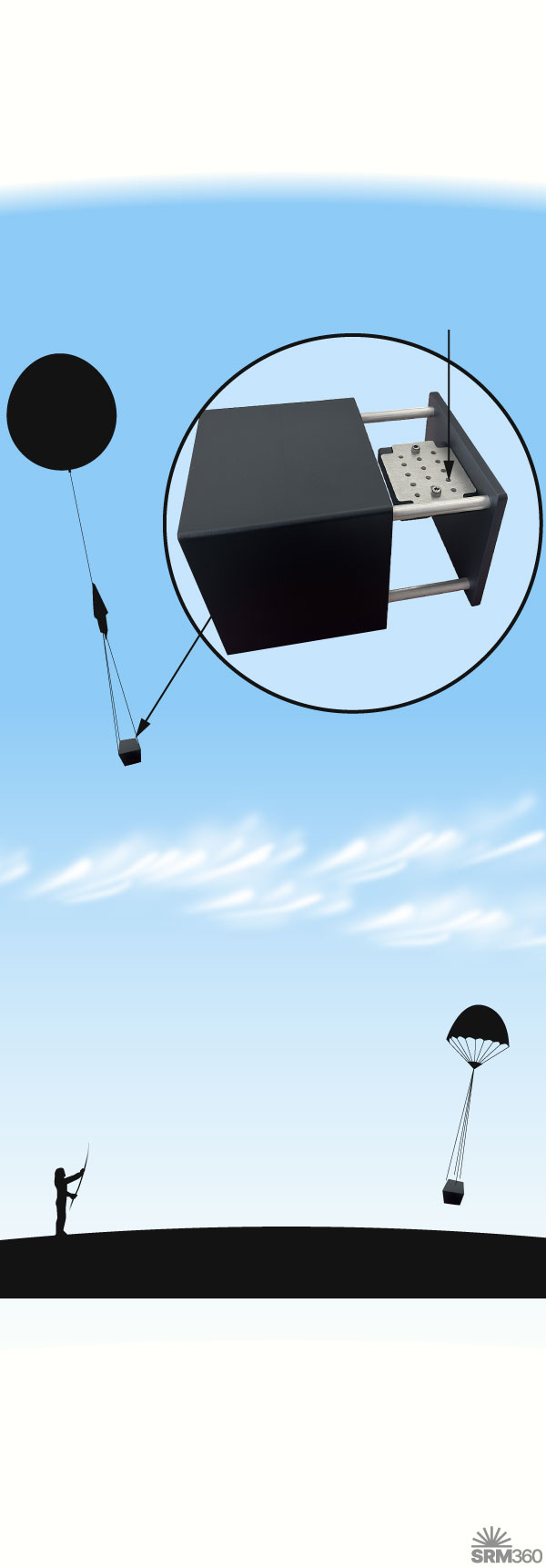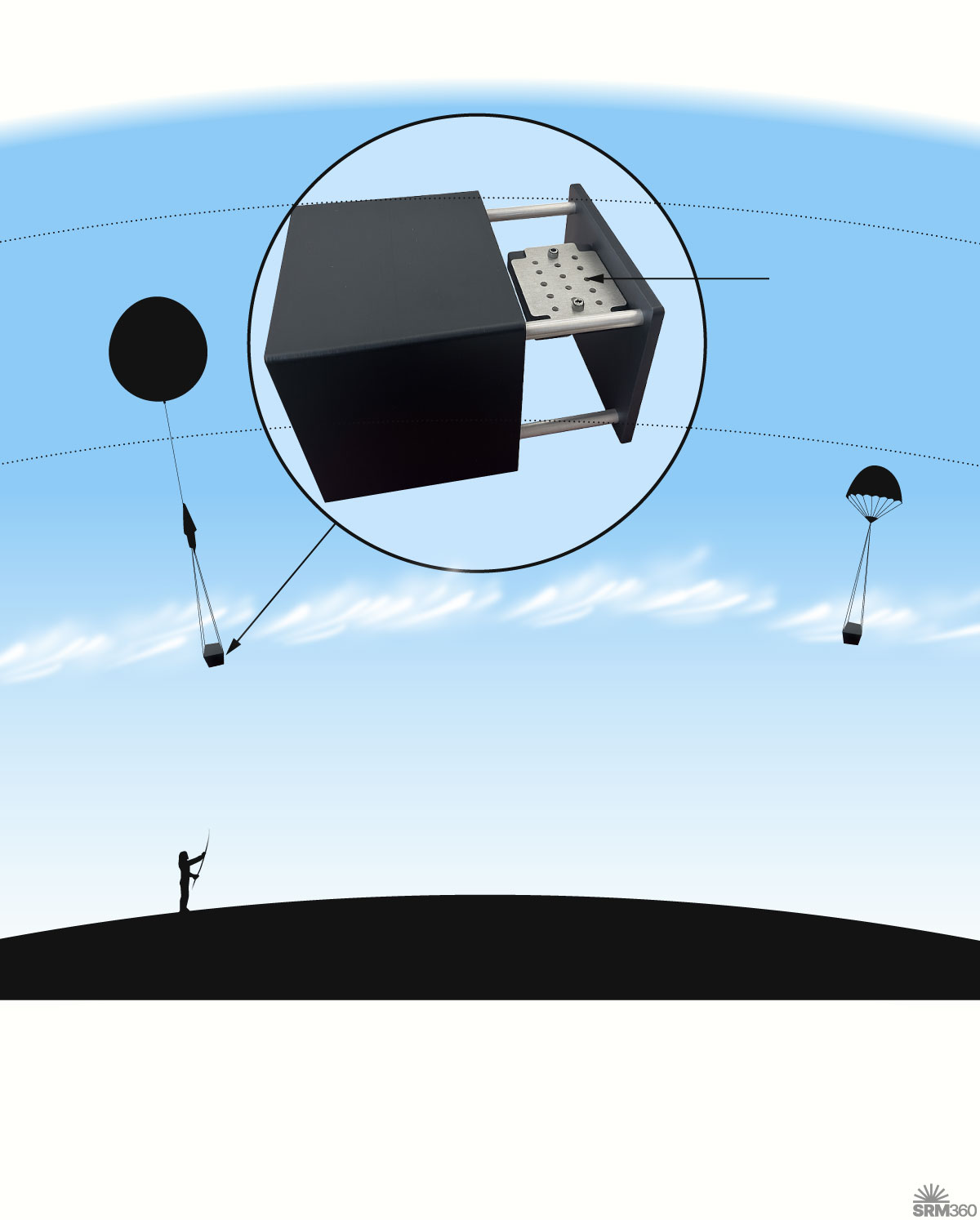Graphic
Natural Materials for Stratospheric Aerosol Injection
The team will study how stratospheric conditions affect natural materials that might be used to reflect light and cool the planet. These materials might offer a safer alternative to sulphur-based SAI, but their effects on the stratosphere are uncertain.

Tiny amounts of naturally occurring mineral dust will be secured below a modified weather balloon sent up to the stratosphere.
The balloon will rise to about 15–22km
Material samples
The box will open and expose the materials to stratospheric conditions for up to a few weeks.
The materials will not be dispersed – they will remain secured in the box to be returned for laboratory analysis.
Note: The outdoor experiments funded by the Advanced Research and Invention Agency (ARIA) will only go ahead after environmental impact assessments and public consultations, and with independent oversight.
Sources: ARIA; Hugh Hunt, University of Cambridge

Tiny amounts of naturally occurring mineral dust will be secured below a modified weather balloon sent up to the stratosphere.
22km
Material samples
15km
The materials will not be dispersed – they will remain secured in the box to be returned for laboratory analysis.
The balloon will rise to about 15–22km
The box will open and expose the materials to stratospheric conditions for up to a few weeks.
Note: The outdoor experiments funded by the Advanced Research and Invention Agency (ARIA) will only go ahead after environmental impact assessments and public consultations, and with independent oversight.
Sources: ARIA; Hugh Hunt, University of Cambridge